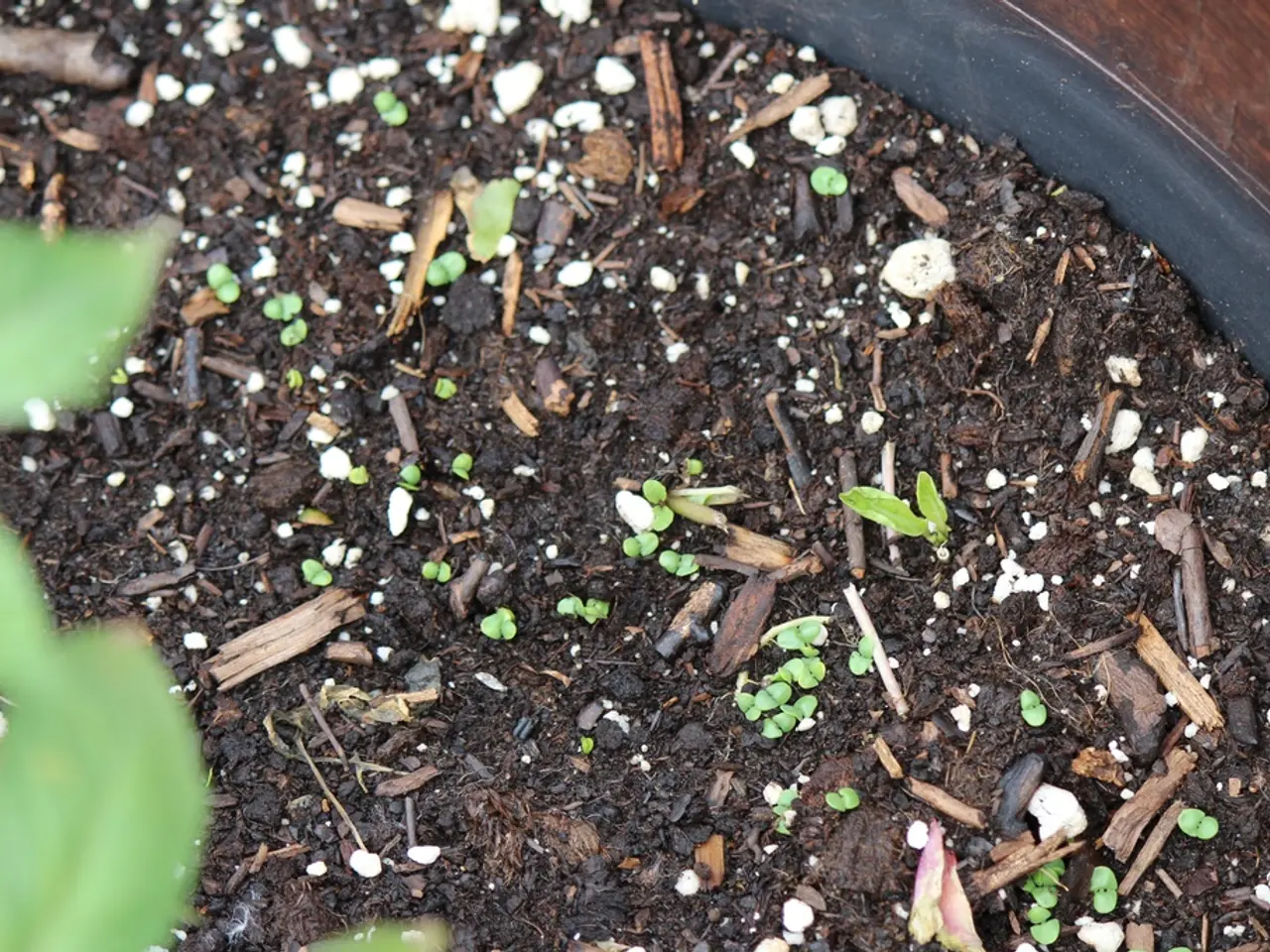Rich Soil Enriched with Phosphorus: Enhancing Plant Growth
Organic Methods for Enriching Soil Phosphorus Levels
Gardening enthusiasts seeking to maintain healthy soil and promote plant growth can turn to a variety of organic methods for adding phosphorus to their soil. Each method offers distinct characteristics and suitability depending on soil conditions and plant needs.
Bone Meal
Bone Meal, a slow-release, phosphorus- and calcium-rich amendment, provides a steady phosphorus supply ideal for root development, flowering, and fruiting in bulbs, vegetables, and ornamental plants. With a phosphorus content of 15%–27%, bone meal works best in acidic to neutral soils (pH below 7), as alkaline conditions reduce phosphorus availability due to binding with calcium. Application involves mixing into soil to avoid attracting animals and using moderate amounts (e.g., 5–10 lbs per 100 sq ft in vegetable beds).
Rock Phosphate
Rock Phosphate, containing a high phosphorus content (20%–33% P), is a natural mineral source that releases phosphorus slowly over time, making it suitable for long-term soil enrichment but less immediately available to plants compared to bone meal. It is commonly used to build soil phosphorus levels in organic gardens and fields.
Compost
Compost improves soil structure and provides a broad range of nutrients, including phosphorus, in modest amounts. Though phosphorus content is lower than bone meal or rock phosphate, compost enhances microbial activity that can help release phosphorus bound in the soil organic matter, thereby indirectly improving phosphorus availability.
Animal Manure
Animal manure (from cows, chickens, horses) adds phosphorus and also nitrogen and other nutrients. For safe use, manure must be well-composted or aged to prevent plant burn and pathogen risks. Its nutrient content varies by animal source, but generally supports balanced soil fertility. Manure is especially valued for adding organic matter and enhancing nutrient cycling in the soil.
Fish Emulsion
Fish Emulsion is a fast-acting organic fertilizer providing phosphorus plus nitrogen, potassium, and micronutrients. It is versatile—in addition to soil application, it can be used as a foliar feed. Fish emulsion quickly improves soil fertility and supports healthy plant growth but tends to have lower phosphorus concentration than bone meal or rock phosphate.
Summary Table
| Amendment | Phosphorus Content | Release Rate | Best Soil pH | Additional Benefits | Ideal Use | |------------------|--------------------|----------------------|---------------------|-----------------------------------|-------------------------------------| | Bone Meal | 15%–27% | Slow | Acidic to neutral | Also adds calcium | Root crops, bulbs, fruiting plants | | Rock Phosphate | 20%–33% | Very slow | Various | Builds long-term soil reserves | Long-term phosphorus build-up | | Compost | Low–moderate | Moderate (microbial) | Various | Improves soil structure, microbes| General soil health | | Animal Manure | Moderate | Moderate | Various | Adds organic matter and N plus P | Balanced soil fertility | | Fish Emulsion | Low–moderate | Fast | Various | Provides multiple nutrients | Quick nutrient boost and foliar use |
Practical notes:
- Always test soil pH and existing phosphorus levels before applying amendments to avoid over-application and potential nutrient lockup.
- Mix bone meal and rock phosphate well into the soil rather than top-dressing.
- Use well-composted manure to avoid burning plants.
- Incorporate fish emulsion carefully to complement slower-release phosphorus sources.
Together, these organic amendments can be selected based on soil conditions and time frame for phosphorus availability, combining slow-release (bone meal, rock phosphate) with faster-acting options (fish emulsion, mature manure) for balanced, sustainable nutrient management.
Organic gardening encourages the use of various amendments to enrich soil phosphorus levels, contributing to the health-and-wellness of plants and promoting a lifestyle rooted in home-and-garden activities. Bone Meal, rich in phosphorus and calcium, provides a steady supply for root development and flowering, ideal for vegetable and ornamental plants, but works best in acidic to neutral soils. Rock Phosphate, a natural mineral source, releases phosphorus slowly over time, making it suitable for long-term soil enrichment in a home-and-garden setting. Compost, a broad-spectrum amendment, improves soil structure and provides phosphorus, enhancing microbial activity for indirect phosphorus release. Animal manure, containing phosphorus, nitrogen, and other nutrients, adds organic matter and supports balanced soil fertility after being well-composted or aged. Fish Emulsion, a fast-acting fertilizer, provides multiple nutrients, including phosphorus, and can be used as a foliar feed for quick nutrient boosts. Careful consideration of soil pH, existing phosphorus levels, and time frame for availability is essential in selecting the most suitable amendments for organic gardening practices, ensuring a healthy and thriving garden.




